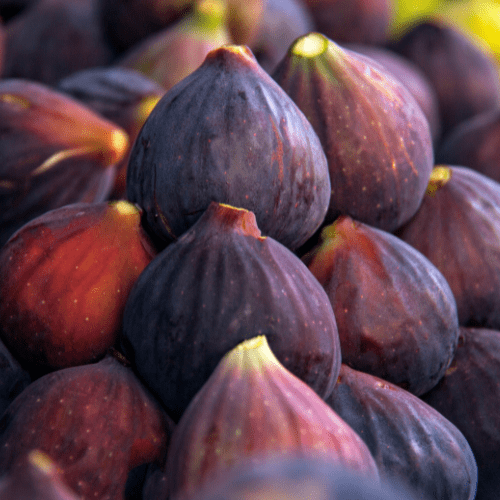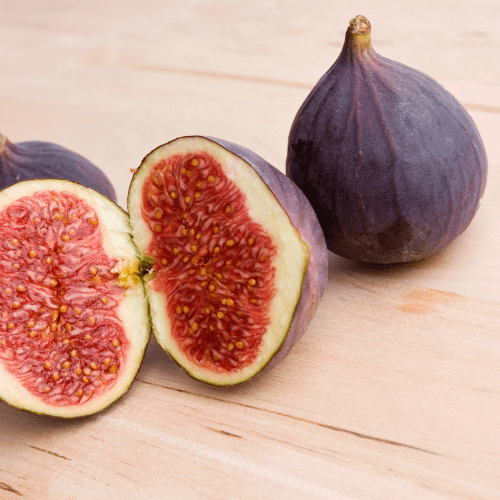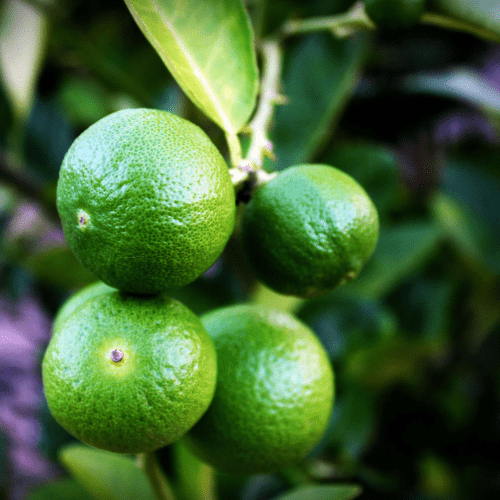Position
This tree loves a wet spot and full sun, so it thrives on the banks of streams or rivers. Plant it about 4 or 5 metres away from other trees, walls, or paving. If you live in a humid area, choose a spot with plenty of air circulation to keep things a little drier.
Size
The Southern Black fig reach a height and width of 2.5 to 4 metres when they are mature, which takes about 10 years.
Soil Type
The key to growing southern black figs is well-draining soil that doesn’t hold onto too much water. It can grow in clay, loam, or sand, and even in rocky soil, as long as it doesn’t become waterlogged. They prefer a slightly alkaline soil pH of between 6.0 and 7.8.
Mulch
Apply organic mulch to your nectarine tree all year round.
Use from 2 to 5 centimetres of pine bark mulch to protect the roots from UV damage and drying out. It retains moisture, and maintains an optimal pH. Do not let the mulch touch the plant stem, as it may cause infection or rot.
Fertilising
Apply our slow-release all-plant fertiliser. Apply 1 teaspoon every 4-5 months. The roots will absorb what they need.
Alternatively, apply a balanced fertiliser (such as 10-10-10) in early spring before new growth begins. Thereafter fertilise annually in early spring.
Watering
Water your tree well in the early part of the season (September to December), about twice a week. Once the fruits arrive, usually around December to February, reduce your watering to once weekly or twice. Too much water will result in fruits that taste bland. The secret is to be consistent about watering your tree. Choose a day every week or two and always water on that day.
Pruning
Southern black fig trees should be pruned during the dormant period, when the leaves have fallen off the tree (usually just before spring). Use clean cuts to remove weak and thin branches. When cutting secondary branches from the main trunk, leave a little shoulder of each (rather than cutting them off right against the trunk). Cut off all branches that cross each other. Ensure that your main trunk and branches have enough leaf cover to prevent sunburn on the bark.
Pests
Treat promptly or preferably use preventative measures by spray with agricultural Neem Oil or Effective Microorganisms (EM Control)
Harvesting
Figs don’t ripen once plucked, so ensure they’re ready before you pick them. They should be slightly soft to the touch. Ripe figs will begin to droop and may have a drop of nectar coming out of the bottom. Always use secateurs to remove your figs instead of pulling them off.






